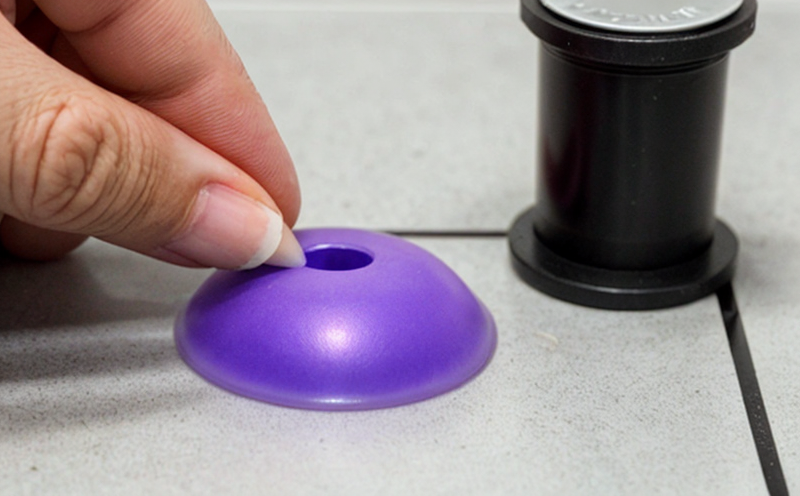EN 15779 Specific Surface Area of Food Powders
The European Standard EN 15779 specifies a method for determining the specific surface area of food powders using gas adsorption techniques. This standard is particularly relevant in the food and beverage sector, where particle size and morphology significantly influence product quality and performance.
Understanding the specific surface area of food powders is crucial as it affects various properties such as solubility, reactivity, stability, and even sensory characteristics. For instance, higher surface areas can enhance the rate of chemical reactions, leading to better flavor release during digestion or increased solubility in beverages.
In this testing process, adsorption of a gas (like nitrogen) on the surface of the powder is measured at low temperatures. The amount of gas absorbed corresponds directly to the surface area available for adsorption. This method provides a quantitative measure that can help quality managers and R&D engineers optimize product formulations.
The testing procedure involves several key steps, including sample preparation, degassing, and measurement using an automated BET (Brunauer-Emmett-Teller) analyzer. Degassing is crucial to eliminate any residual gases from the sample, ensuring accurate measurements.
| Step | Description | Key Considerations |
|---|---|---|
| Sample Preparation | Grinding the sample to a uniform particle size and drying it under controlled conditions. | Aim for particles in the range of 10-50 microns to ensure accurate measurement. |
| Degasification | Removing adsorbed gases from the sample using vacuum or inert gas flow. | The process is critical as residual gases can interfere with the adsorption measurements. |
| BET Measurement | Adsorbing nitrogen at low temperatures and measuring the amount of gas absorbed. | Data analysis typically involves BET equation fitting to determine surface area. |
The results obtained from this method are essential for ensuring product consistency and compliance with international standards. The specific surface area can impact not only the manufacturing process but also the final product's sensory attributes, which are critical factors in food quality assessment.
Scope and Methodology
| Aspect | Description |
|---|---|
| Applicable Materials | This method is suitable for food powders like sugars, starches, and flours. |
| Measurement Range | The standard covers materials with specific surface areas between 10 m²/g to 5000 m²/g. |
| Temperature and Pressure Conditions | The adsorption is carried out at a temperature of -196°C, ensuring that only physisorption occurs. |
The method described in EN 15779 ensures accuracy by providing clear guidelines for sample preparation and analysis. The use of low-temperature conditions minimizes the risk of chemisorption, which could lead to inaccurate surface area measurements.
International Acceptance and Recognition
- EN 15779 is widely recognized in Europe and has been adopted by several international organizations including the International Organization for Standardization (ISO).
- The standard is also referenced in other testing protocols, enhancing its acceptance across various industries.
- Many global regulatory bodies consider EN 15779 as a benchmark for specific surface area determination of food powders.
Due to its robust methodology and widespread use, this standard is considered the gold standard in measuring specific surface area within the food industry. Compliance with this standard can enhance product quality and marketability by ensuring consistent results across different batches or suppliers.
Use Cases and Application Examples
| Application | Description |
|---|---|
| Baking Industry | Determining the specific surface area of flour can help optimize baking processes, ensuring consistent dough formation and texture. |
| Sweetener Production | Measuring the surface area of sugars helps in improving the dissolution rate and flavor release in sugar-based products. |
| Flour Milling | The specific surface area measurement can assist in selecting appropriate grinding techniques to enhance flour quality. |
In addition to these sectors, the results from EN 15779 can also be used for quality control purposes, ensuring that food powders meet the required specifications for both domestic and international markets. The data obtained can contribute significantly to improving product formulations and enhancing overall food safety standards.





